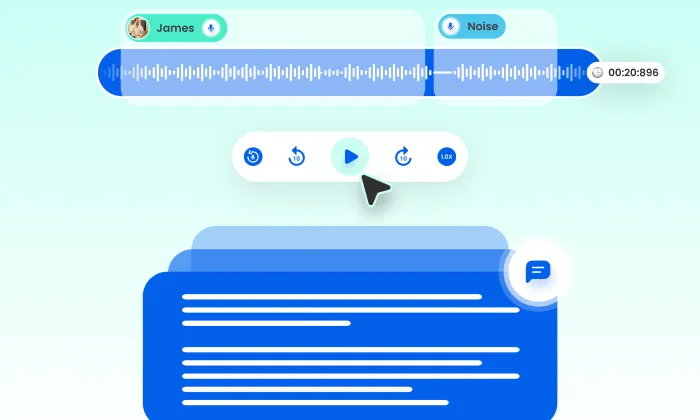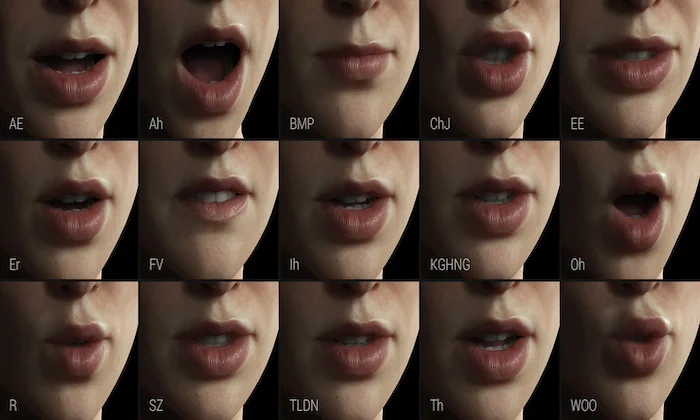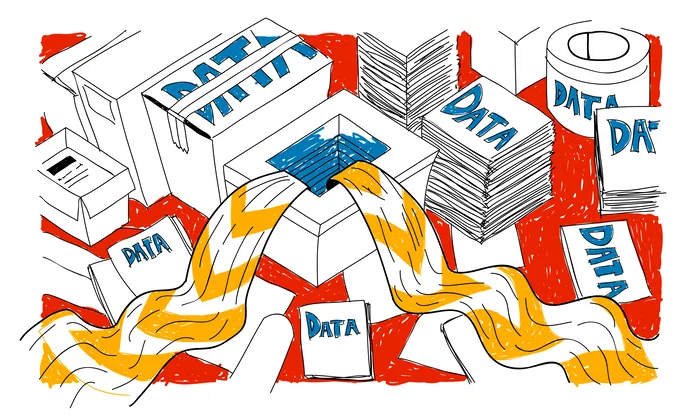Are call center datasets mono or stereo recordings?
Mono Recordings
Stereo Recordings
ASR
In the world of call centers, datasets often consist of audio recordings that play a critical role in training, performance evaluation, and operational analysis. A common question arises: Are call center datasets typically mono or stereo recordings? Let’s explore both formats, their use cases, and why stereo might offer advantages in certain scenarios.
Mono Audio vs Stereo Audio
Mono Audio
- Mono audio refers to a single audio channel where both the customer’s and the agent’s voices are combined into one track. This format is widely used for real-world call center data.
- Single channel recording: Both voices are mixed into a single channel and played through both speakers.
- Efficiency: Mono recordings take up less space, making them simpler to manage and process. They are easier to handle for basic transcription and analysis tasks.
Stereo Audio
- Stereo audio uses two separate channels, one for the left speaker and one for the right. This format allows for better separation of sounds.
- Two-channel recording: The customer’s voice is typically placed on one channel (e.g., left), while the agent’s voice is placed on the other (e.g., right).
- Clear separation: This format enables distinct separation of voices, making it more suitable for advanced analysis or training purposes.
Why Mono Is Typically Used for Real Call Center Data
Mono audio is the standard for most real-world call center recordings for several reasons:
- Simplicity: Mono recordings are easier to process and manage. There’s no need to separate voices into two channels, simplifying transcription and analysis.
- Storage efficiency: Since mono recordings take up less storage space, they are more cost-effective, especially when dealing with vast amounts of call data.
Special Note from FutureBeeAI: Ethical Considerations in Real-World Data Acquisition
When dealing with real-world call center data, especially in mono format, it may contain PII (personally identifiable information) or other sensitive content. Use of such data without proper consent can lead to compliance violations.
FutureBeeAI emphasizes strict ethical practices and recommends ensuring legal usage rights for any real call center data.
Why Stereo Can Be Beneficial for Custom Data Collection
While mono is common for real call center data, stereo recordings offer several advantages, especially when collecting custom speech data for specific applications like training or advanced analysis:
- Clear separation of voices: Stereo recordings help isolate the customer’s and agent’s voices, making it easier to analyze each voice separately for training or performance evaluation.
- Advanced analysis: Stereo allows for improved tasks like emotion detection and speaker identification, enhancing the accuracy of these analyses.
Why Stereo Works Best for Speech Datasets
Stereo audio is also the preferred choice for speech dataset tasks due to its distinct advantages:
- Speaker separation accuracy: Stereo ensures clear separation between the agent’s and customer’s voices, helping in accurate speaker diarization and reducing overlapping speech interference.
- Annotation speed and clarity: Stereo allows annotators to quickly and accurately label conversations, reducing manual effort and errors.
- Improved ASR and NLP model performance: The clear separation in stereo audio helps AI models focus on speaker-specific features, reducing word error rates and improving transcription quality.
- Emotion and sentiment detection: With stereo, AI models can better capture the tone and emotions of each speaker independently, improving the understanding of customer sentiment.
Conclusion
Both mono and stereo recordings have their roles in call center datasets. Mono is ideal for day-to-day call center operations due to its simplicity, efficiency, and lower storage requirements. However, stereo recordings are highly beneficial for training and advanced AI models, offering clearer separation of voices and improving the performance of speech recognition and sentiment analysis models.
At FutureBee AI, we prioritize stereo as the standard for dataset collection, ensuring better clarity, ethical compliance, and computational advantages for speech AI systems. For more advanced call center analytics and AI-driven solutions, stereo recordings are the future.
What Else Do People Ask?
Related AI Articles
Browse Matching Datasets
Acquiring high-quality AI datasets has never been easier!!!
Get in touch with our AI data expert now!








